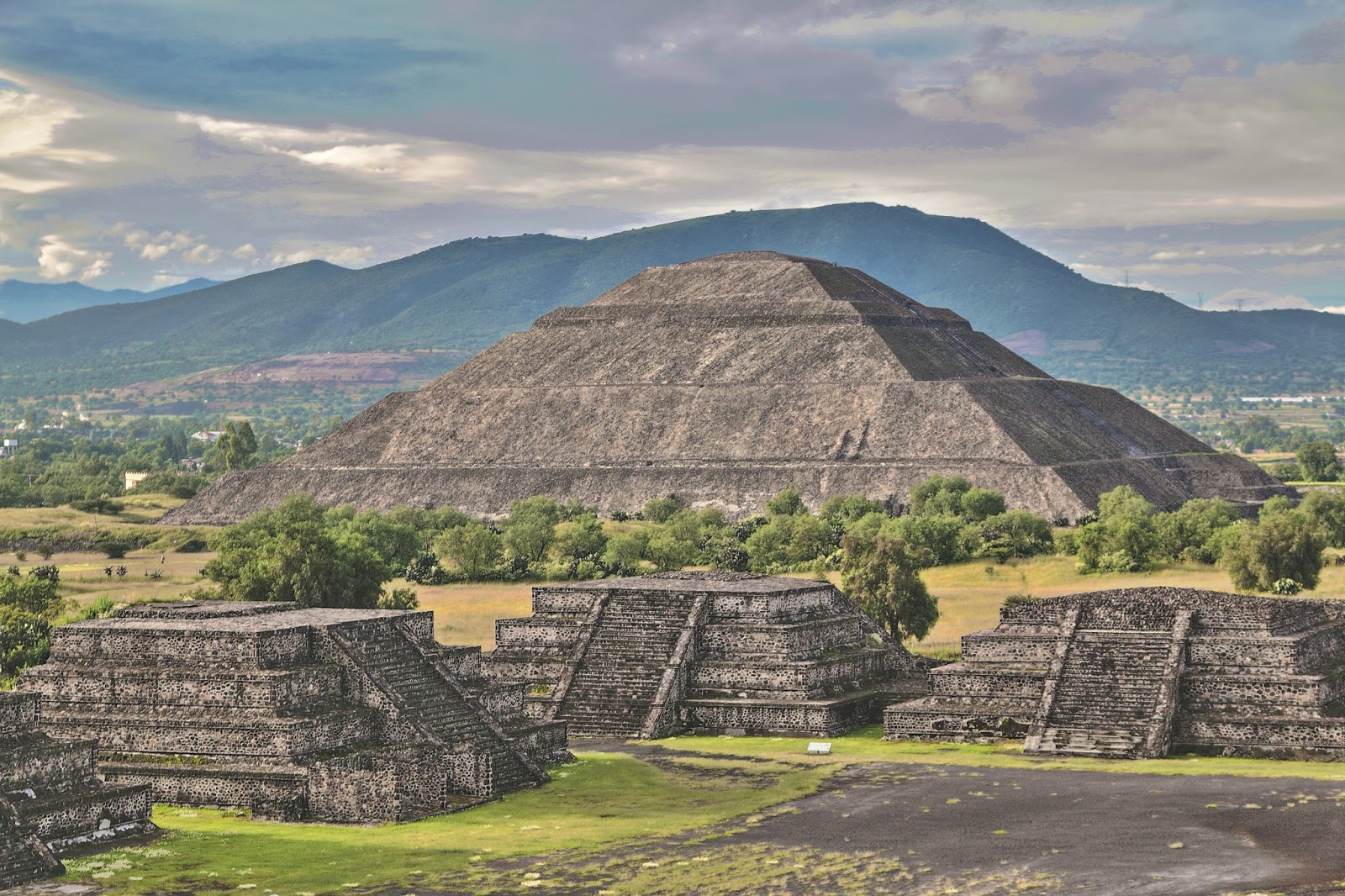
Is It Polytheism?
Polytheism, animism, pantheism, monism: how can Huehuemexicayotl accommodate all of these?
The world of ancient Mexico was one that likely placed an emphasis on praxis rather than doxis, that is, it was a society that cared whether its citizens behaved a certain way more than believed a certain way.
Thoughts about divinity likely ran the gamut in Tenochtitlan and its conquered territories. We have evidence that the some members of the elite, those in royal families, nobles, and high ranking military officers, thought and reflected on the divine in ways that we would today call monist or pantheist. There are also accounts of animist and polytheistic beliefs, especially for the common citizen. These different theisms all co-existed inside the same religious tradition, just as it does today.
While most modern practitioners of Mexicayotl are Christian, Catholic, pantheist, or atheist, with many descendants and direct inheritors of the old ways believing similarly, many of the practitioners behind this website have other beliefs, ranging from polytheist, panpsychist, emanationist, and Neoplatonist.
What matters in Huehuemexicayotl is a practitioner’s philosophy, values, and whether they act in honor of wisdom of the ancient Mexica.
One thing that all practitioners will believe in common, however, is the underlying concept of teotl, which might be summed up as the animating and vivifying essence from which all things, thoughts, actions, and moments, from the smallest stones to the highest gods, are made.
